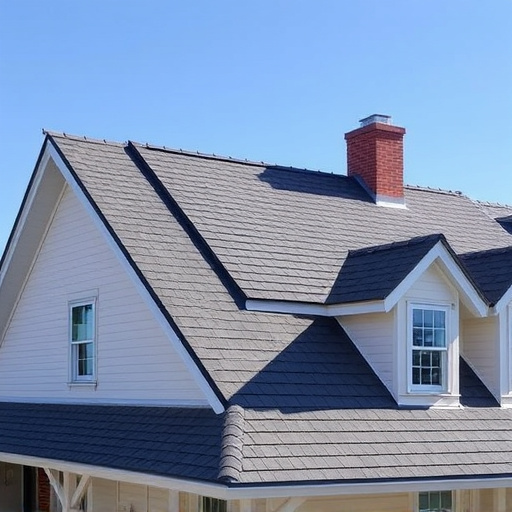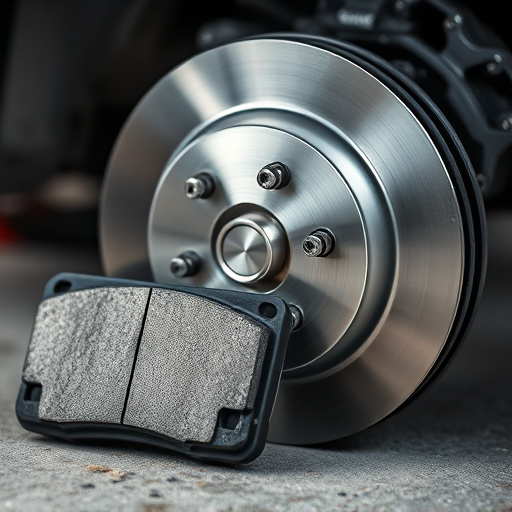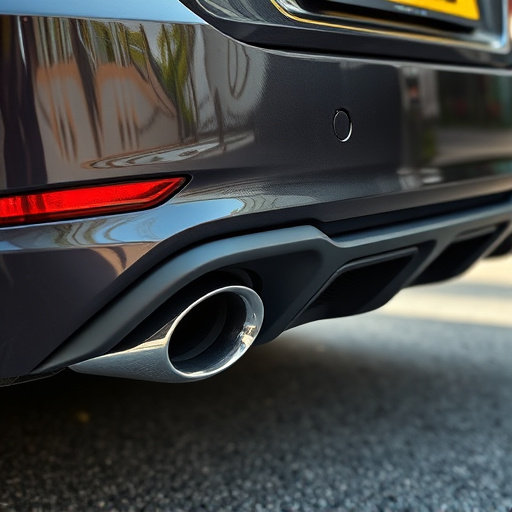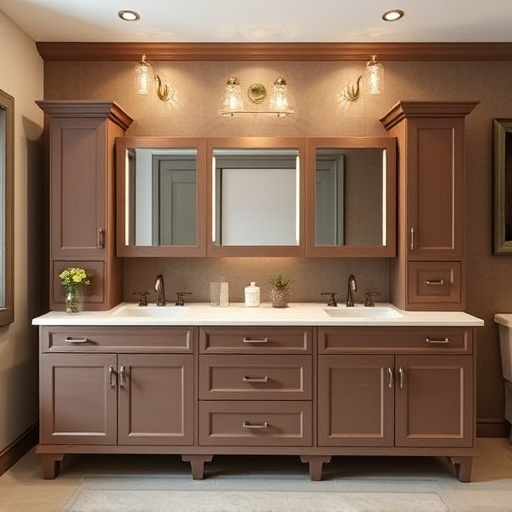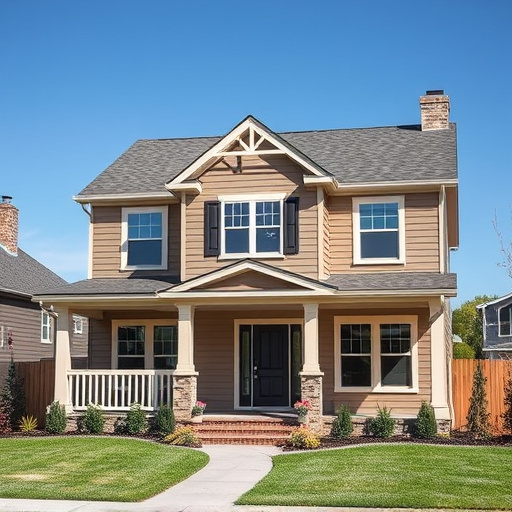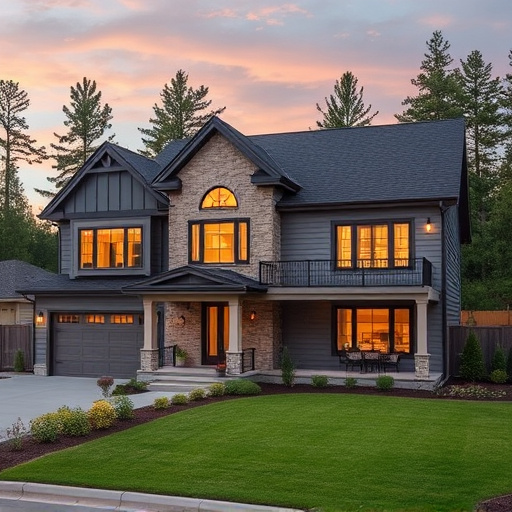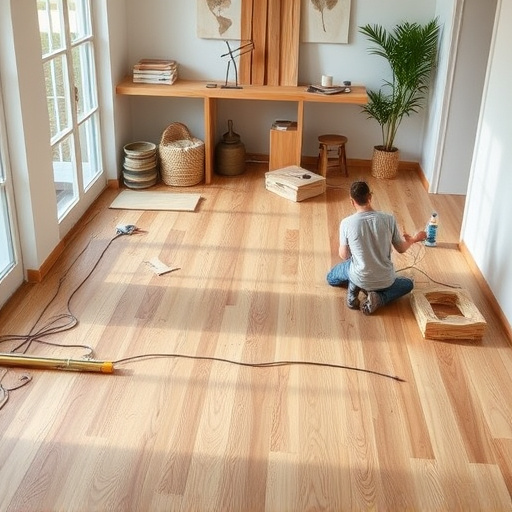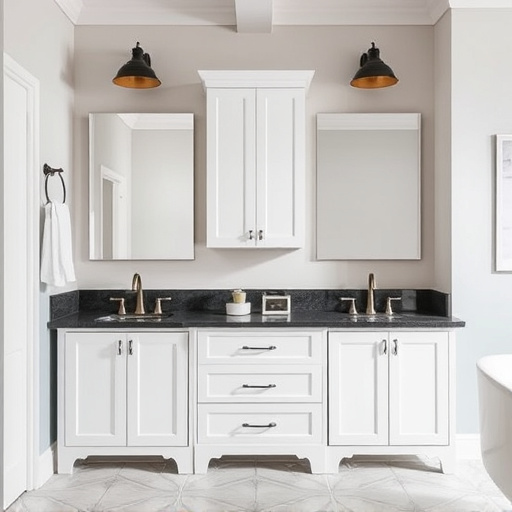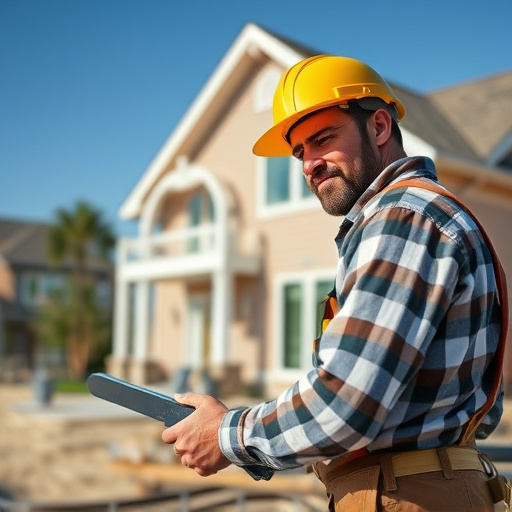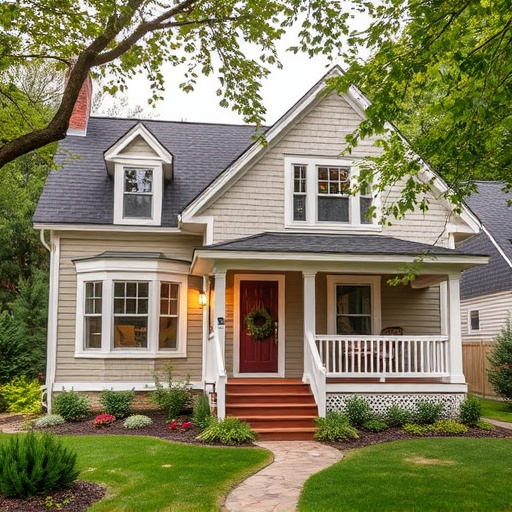Maintaining optimal humidity (30%-50%) is key to preserving hardwood flooring health and aesthetics, preventing issues like shrinkage, cracking, or warping. Regular cleaning, sealing, ventilation, and expert care ensure longevity and protect investments in hardwood floors during renovations.
“Invest in hardwood flooring, and you’ve chosen a timeless, elegant addition to your home. But like any precious asset, it requires care. Humidity plays a significant role in the longevity of your hardwood investment. This article guides you through understanding humidity’s impact, recognizing signs of excessive moisture, and crucial maintenance tips to safeguard your floors. From seasonal fluctuations to common household sources, learn how to protect your hardwood flooring for years to come.”
- Understanding Humidity and Its Impact on Hardwood
- Signs of Excessive Humidity in Your Flooring
- Protecting and Maintaining Your Hardwood Investment
Understanding Humidity and Its Impact on Hardwood
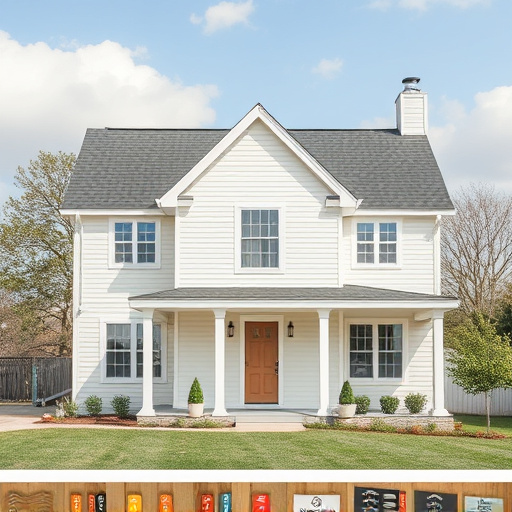
Understanding Humidity and Its Impact on Hardwood
Humidity refers to the amount of moisture present in the air. It plays a significant role in determining how your hardwood flooring ages and performs over time. Optimal humidity levels, typically between 30% to 50%, are ideal for maintaining the integrity and aesthetics of hardwood floors. However, both low and high humidity can cause damage. In dry conditions, hardwood can shrink, crack, or become prone to warping due to the loss of moisture from its cells. Conversely, excessive humidity can lead to swelling, cupping, or buckling of the flooring as wood absorbs moisture from the air.
When considering a multiple room remodel or residential renovations involving customized home renovations, understanding how humidity affects hardwood flooring is crucial. This knowledge helps homeowners and contractors make informed decisions about flooring installation, ensuring longevity and preserving the investment in high-quality hardwood floors.
Signs of Excessive Humidity in Your Flooring
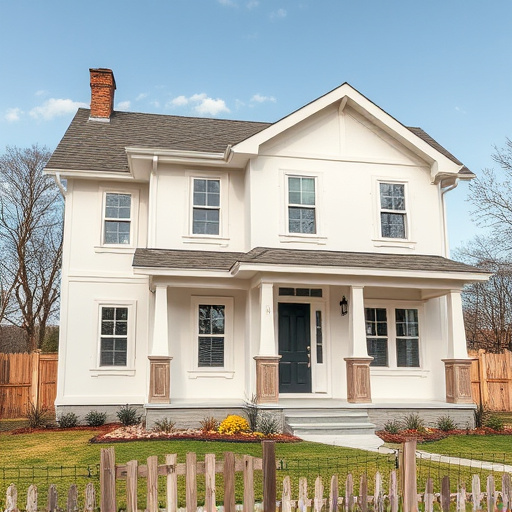
Excessive humidity can wreak havoc on your hardwood flooring investment. One of the most noticeable signs is cupping or warping of the floorboards. This occurs when excess moisture causes the wood to expand, leading to uneven surfaces and potential damage. Another indicator is a musty odour, which often accompanies high humidity levels. You might also notice discolouration, with darker patches appearing in areas prone to moisture buildup. Peeling or blistering finishes are further visual cues that your hardwood floors may be suffering from excessive moisture exposure.
In a home undergoing renovation, such as a kitchen remodel, these signs can be particularly concerning. Customized home renovations require attention to detail and high-quality materials, making any flooring issues more evident. Regular maintenance, including proper ventilation and humidity control, is essential to prevent these problems. Promptly addressing any signs of excessive humidity will help ensure your hardwood floors remain in top condition for years to come.
Protecting and Maintaining Your Hardwood Investment
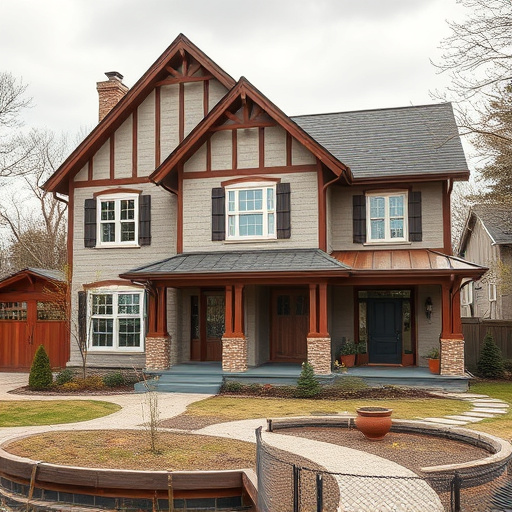
Protecting and maintaining your hardwood investment is crucial to preserving its beauty and longevity. Regular cleaning and sealing are essential steps in safeguarding your floors from damage caused by moisture, dirt, and grime. Use a vacuum or broom to remove dust and debris, and opt for a microfiber mop with a suitable hardwood floor cleaner to avoid scratching.
In addition to regular upkeep, consider customized work tailored to your hardwood flooring needs. From exterior painting to whole house remodels, specialized services can enhance the aesthetic appeal and functionality of your space. By combining proper care with expert interventions, you’ll ensure that your hardwood flooring remains a striking feature in your home for years to come.
Humidity can significantly impact your valuable hardwood flooring investment. By understanding how humidity affects wood, recognizing signs of excessive moisture, and implementing proper maintenance practices, you can protect your floors and ensure their longevity. Regular care and attention will help preserve the beauty and integrity of your hardwood investment for years to come.

